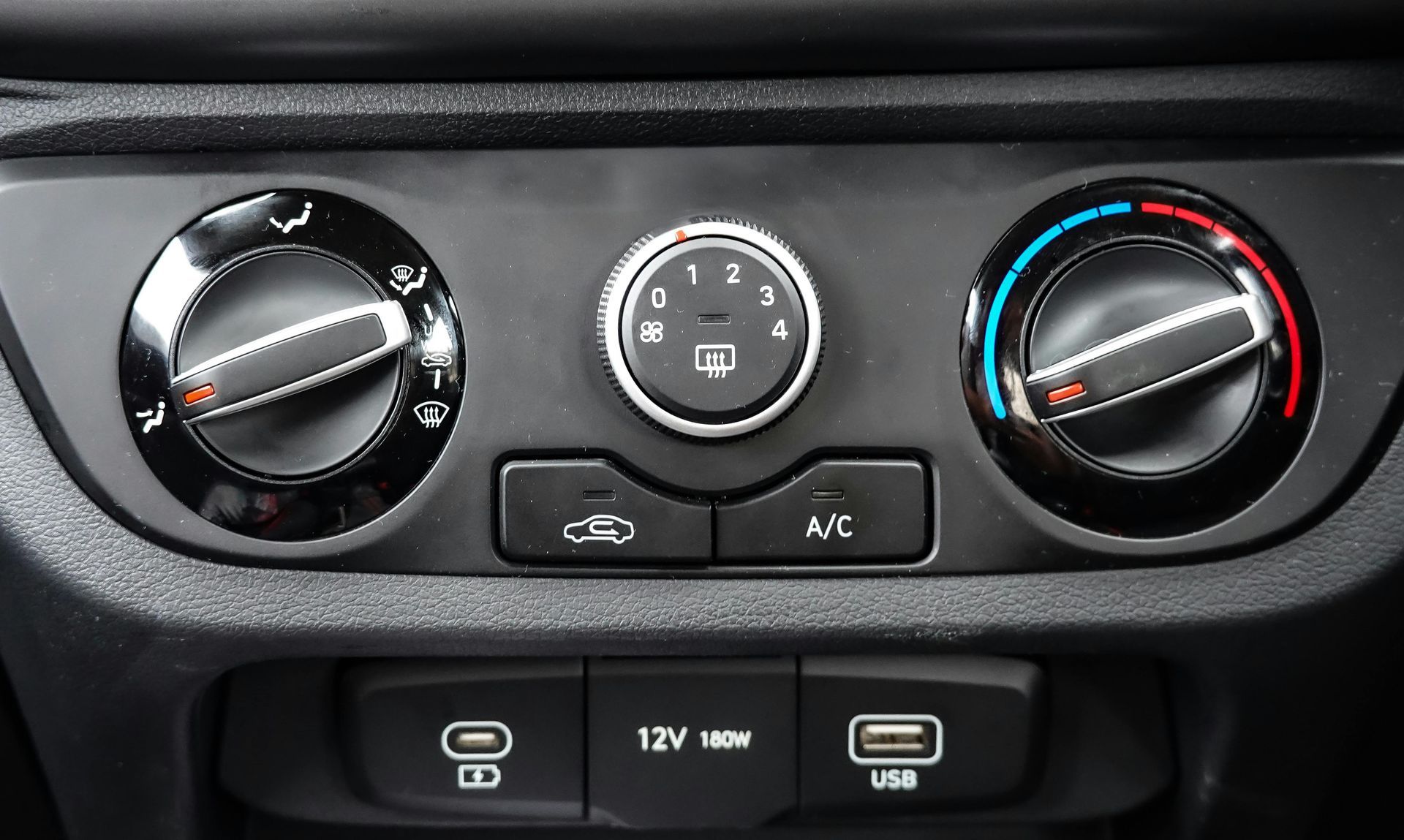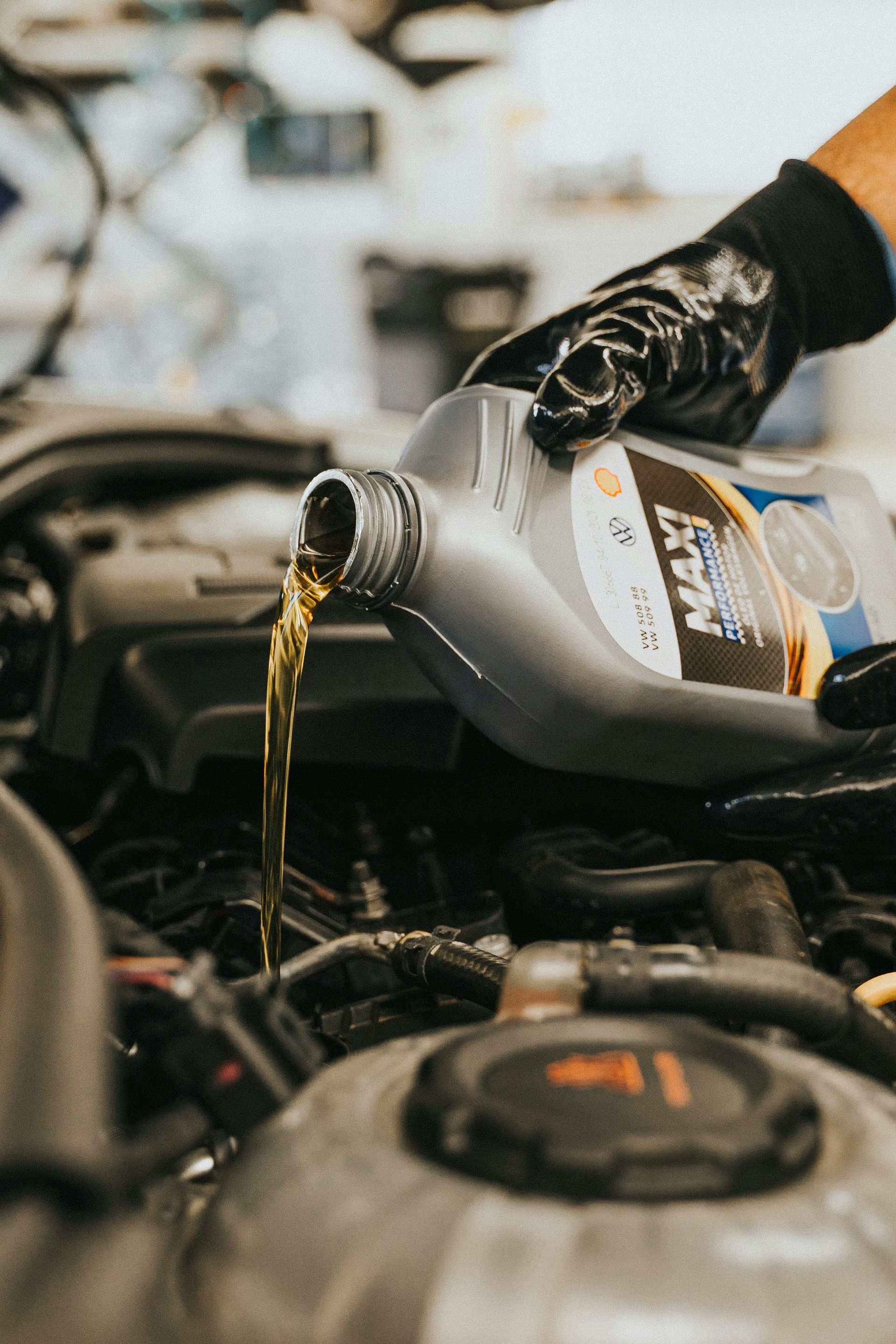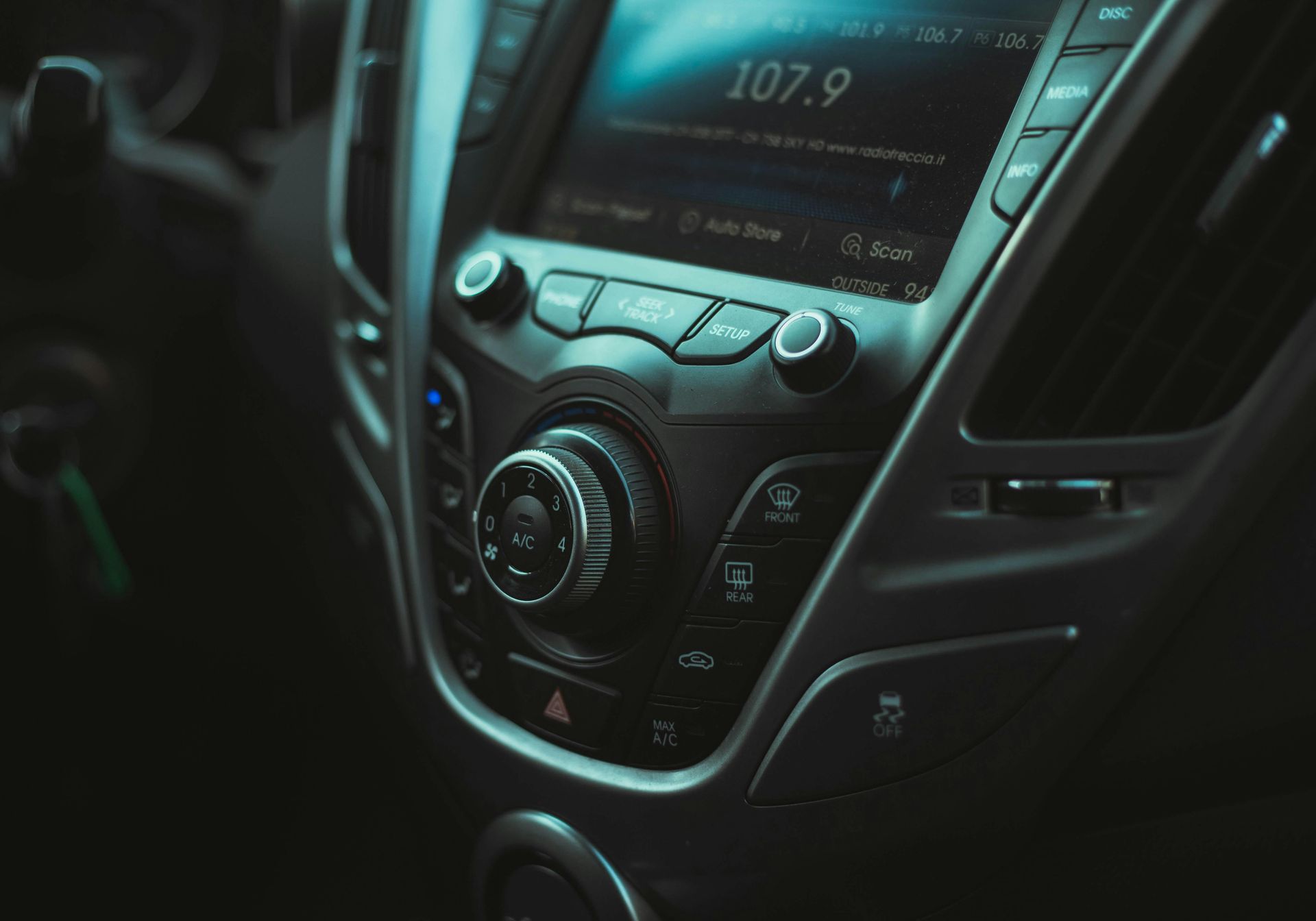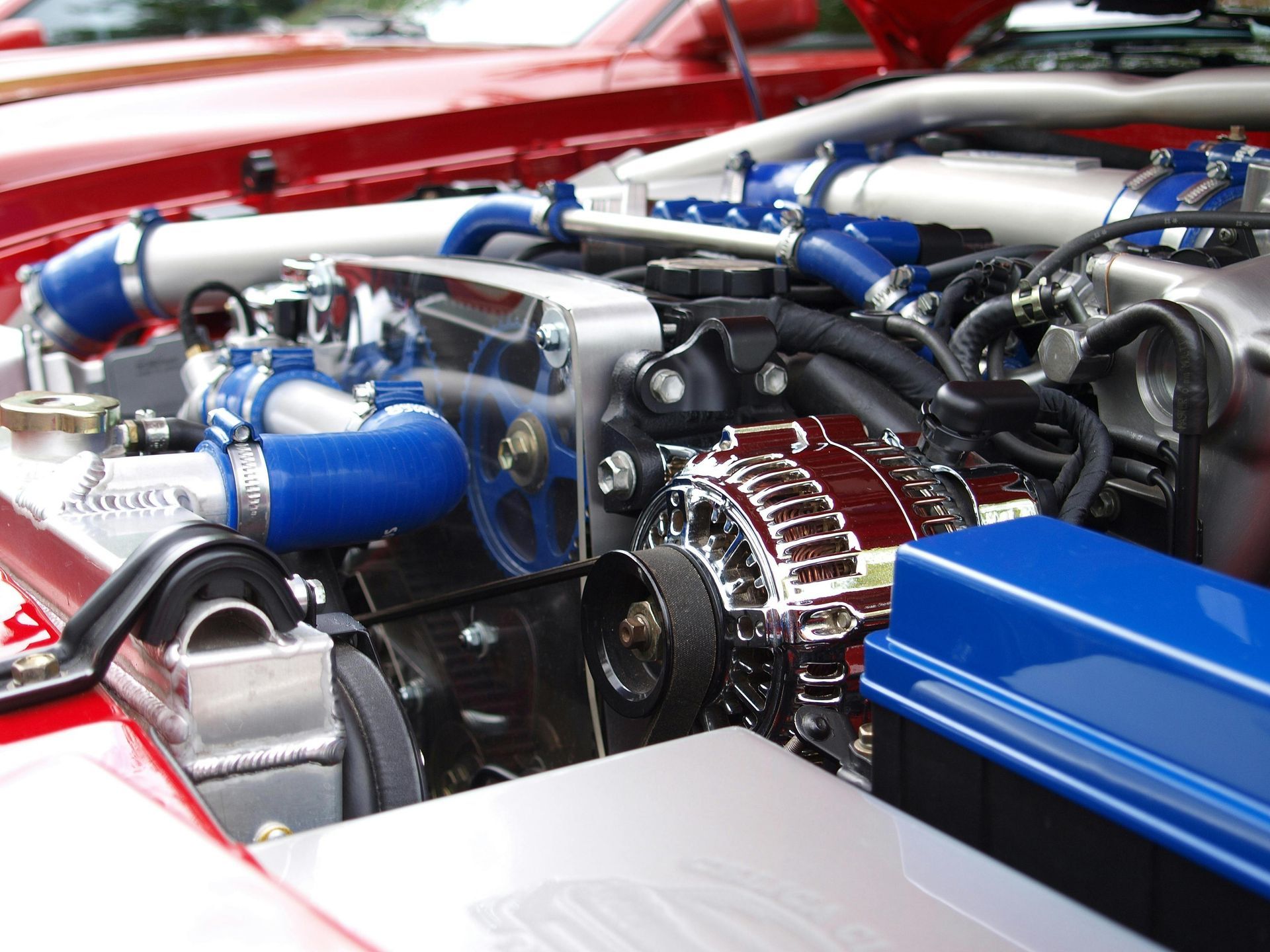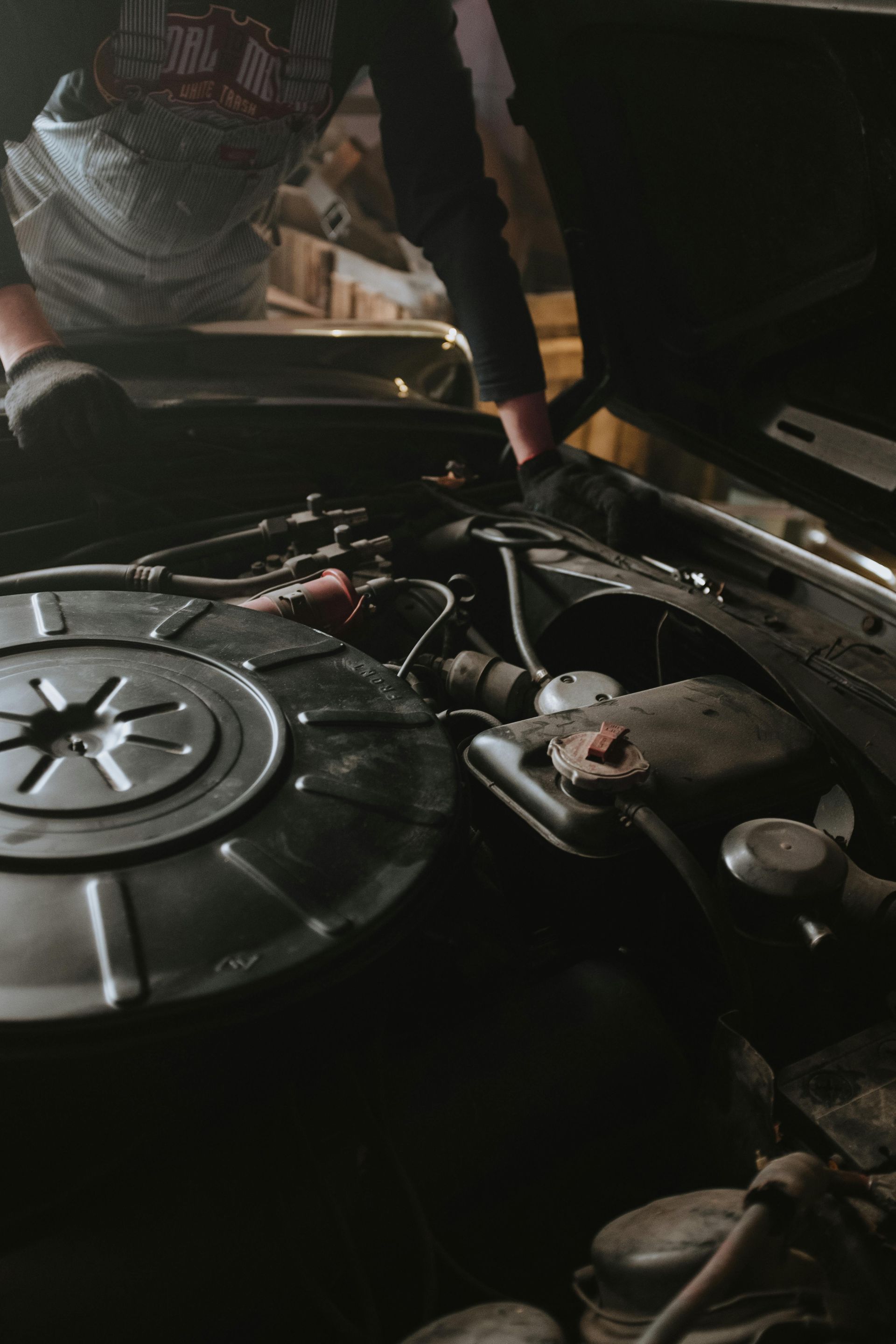What's Involved in an Emissions Test? A Guide for Colorado Springs Drivers
For many drivers in Colorado Springs and surrounding El Paso County areas, dealing with vehicle emissions tests can be confusing. Colorado has specific emissions testing requirements, and understanding these regulations is essential for vehicle owners. At Action Automotive Service, we believe informed drivers make better decisions about their vehicles, so here's everything you need to know about emissions testing in our area.
What Is an Emissions Test?
An emissions test measures the pollutants coming from your vehicle's exhaust system to ensure they fall within acceptable limits. These tests help:
- Reduce air pollution
- Improve air quality in populated areas
- Ensure vehicles are running efficiently
- Identify vehicles that need repair
Modern vehicles are designed with complex emissions control systems, and when these systems function properly, they significantly reduce harmful pollutants released into our atmosphere.
Colorado Emissions Testing Requirements
In Colorado Springs and El Paso County, emissions testing is required for:
- Gasoline vehicles model year 1982 and newer
- Diesel vehicles with a gross vehicle weight rating of 14,000 pounds or less
- Vehicles must be tested every two years (during registration renewal)
- New vehicles are exempt from testing for the first seven model years
Types of Emissions Tests You Might Encounter
There are several different types of emissions tests that might be performed, depending on your vehicle:
OBD-II Test
The most common modern emissions test is the OBD-II (On-Board Diagnostics) test, which:
- Connects to your vehicle's computer system
- Checks if emissions control systems are working correctly
- Looks for stored trouble codes related to emissions
- Verifies that the "Check Engine" light is functioning properly
This is a quick, non-invasive test that takes just a few minutes to complete.
Tailpipe Test
An older but still sometimes used method involves:
- Placing a probe directly into your vehicle's exhaust pipe
- Measuring pollutants like hydrocarbons (HC), carbon monoxide (CO), and nitrogen oxides (NOx)
- Sometimes requiring the vehicle to be run on a dynamometer (a treadmill-like device for cars)
Visual Inspection
Some testing stations also perform:
- A check for missing emissions components
- Inspection of the gas cap to ensure it seals properly
- Visual examination of exhaust components
What Happens During an Emissions Test?
If you're taking your vehicle for an emissions test, here's what to expect:
- Preparation: The technician will verify your vehicle information and may check if your "Check Engine" light is on.
- Connection: For OBD-II tests, they'll plug a scanning device into your diagnostic port, typically located under the dashboard.
- Data Reading: The scanner retrieves information about your emissions systems and any stored fault codes.
- Analysis: Results are analyzed to determine if your vehicle passes or fails based on the standards for your specific vehicle year, make, and model.
- Documentation: You'll receive documentation showing whether your vehicle passed or failed.
The entire process typically takes 15-30 minutes, depending on the type of test and how busy the facility is.
Common Reasons Vehicles Fail Emissions Tests
For Colorado Springs residents, here are common reasons vehicles fail emissions tests:
- Check Engine Light is on: This is an automatic fail in most testing areas
- Faulty oxygen sensors: These measure how efficiently your engine is burning fuel
- Bad catalytic converter: This device reduces harmful emissions
- Loose or damaged gas cap: Can cause fuel system pressure issues and increase emissions
- Rich fuel mixture: When too much fuel is being burned
- Exhaust leaks: Allow unfiltered emissions to escape
How to Prepare Your Vehicle for an Emissions Test
If you're planning to have your vehicle tested, these steps can help improve your chances of passing:
- Address the Check Engine Light: If it's illuminated, have it diagnosed and repaired at Action Automotive Service before testing.
- Get a Tune-Up: Regular maintenance like spark plug replacement and air filter changes can significantly improve emissions performance.
- Drive Your Car: Take your vehicle for a 20-minute drive on I-25 or other highways around Colorado Springs before the test to help the catalytic converter reach optimal operating temperature.
- Check Your Gas Cap: Ensure it clicks when tightened and has no cracks or damage.
- Use Quality Fuel: Fill up with high-quality gas from reputable stations in Colorado Springs.
Where Colorado Springs Residents Can Get Emissions Help
Managing emissions-related issues is essential for both passing your emissions test and maintaining your vehicle's performance and our local air quality.
At Action Automotive Service, our certified technicians are equipped with advanced diagnostic equipment to:
- Identify emissions-related problems
- Make necessary repairs to ensure your vehicle passes emissions testing
- Perform pre-test inspections if you're concerned about your vehicle's emissions status
- Help you understand what repairs are truly necessary
Our convenient location at 3335 Fillmore Ridge Heights in Colorado Springs means you don't have to travel far for expert emissions system diagnosis and repair.
Need Help with Emissions or Check Engine Light Issues?
If your Check Engine light is on or you're concerned about your vehicle's emissions system, don't wait until you fail a test. Contact Action Automotive Service today at (719) 633-0008 or schedule an appointment online.
Our team of experienced technicians can quickly diagnose emissions problems, recommend practical solutions, and get your vehicle running cleanly and efficiently. We pride ourselves on honest, transparent service for all Colorado Springs residents – ensuring your vehicle not only passes required tests but also contributes less pollution to our local Colorado environment.
Action Automotive Service works on all domestic and foreign cars, including diesel engines, so no matter what you drive, we have the expertise to keep your emissions system in top condition.
